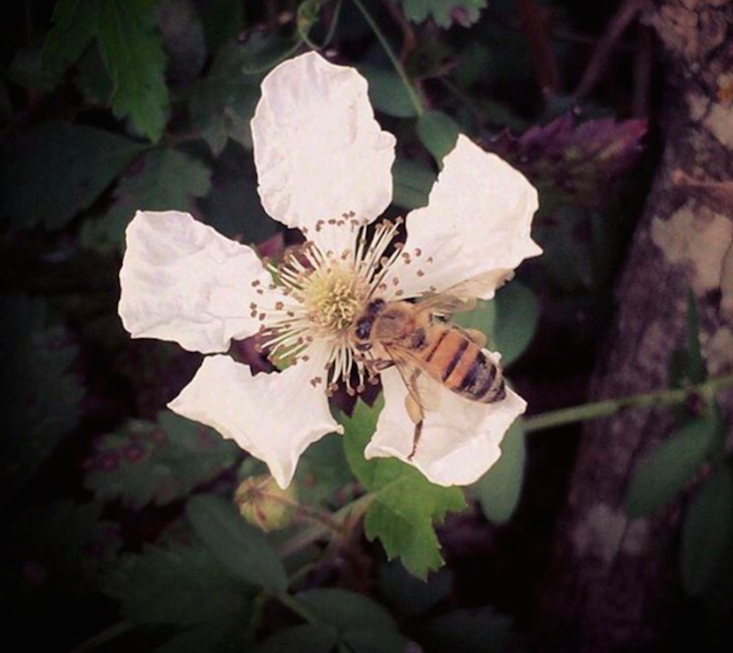
14 Jan Eat With Your Fork, It’s Better For YOU
…And the Environment!
The bottom line is the meat industry has encouraged a rather unhealthy diet. Epidemiological studies around the world has confirmed that a higher plant based diet results in lowered incidences of mortality and morbidity across the full range of disease conditions.
Changing your diet is not only better for you from a non communicable disease prevention stand point, it’s also better for the environment.
Transport is the bad boy of climate change. But few people seem to know that agriculture is also devastating the environment. In fact, food is as big a contributor to climate change as transport in these 3 main ways:
First, greenhouse gases are produced when you convert land for farming. Second, when fertilizers are broken down they release a toxic greenhouse gas (NO2) into the atmosphere. Third, methane. This is the most toxic of green house emissions and it comes from the digestive systems of cows, sheep, and goats. Methane is far more potent than carbon dioxide because it traps much more heat into the atmosphere and with the numbers of cows, sheep, and goats increasing by over 20Million/year, the amount of methane belched into the atmosphere is rapidly increasing.
So what can we do to offset this environmental cost? Methane can cool the planet faster when there is less of it. So if we can reduce the amount of this gas in the atmosphere, we will see the effects on the climate pretty quickly. Therefore, food and agriculture and what we eat can make a big difference. But it’s going to take action from all of us and that’s where we can start today.
The Green Plate
Not all meat has the same environmental impact, pigs and poultry do not produce methane. But these systems are highly dependent on feeding those animals with grains – soy, maize, wheat, etc — so we are trading off one impact (greenhouse gas emissions) against another (the use of scarce arable land that could be used to directly feed humans).
What about grass fed free range meat? If everyone were to switch their current meat consumption there simply would not be enough land on the planet and the consequence would be massive deforestation and catastrophic biodiversity and habitat loss.
The message therefore is: EAT LESS, 1 – 2 servings of meat per person per week is suggested as the upper limit of what is considered optimal for reducing the environmental impact of methane.
What can you replace it with? Fish, particularly herbivores like carp which are less energy expensive than the carnivores salmon and trout. Lentils and beans, nuts and seeds, are all great sources of protein.
The bottom line is eat more plants – legumes, pulses, whole grains, field grown fruits and vegetables, nuts and seeds.
Other strategies for change that are being discussed include: a carbon tax around meat, the pricing of meat would probably have the biggest impact on consumption. Denmark is considering this. Changing supermarket layouts and restaurant menus are other approaches being considered.
So what’s going to be on your place for dinner? If you need help with “cleaning” up your diet and identifying key ways to fuel your energy and optimize your digestion, let’s connect! My naturopathic medical practice is in Vancouver, B.C. and I always welcome phone and Skype consults for those residing elsewhere.

